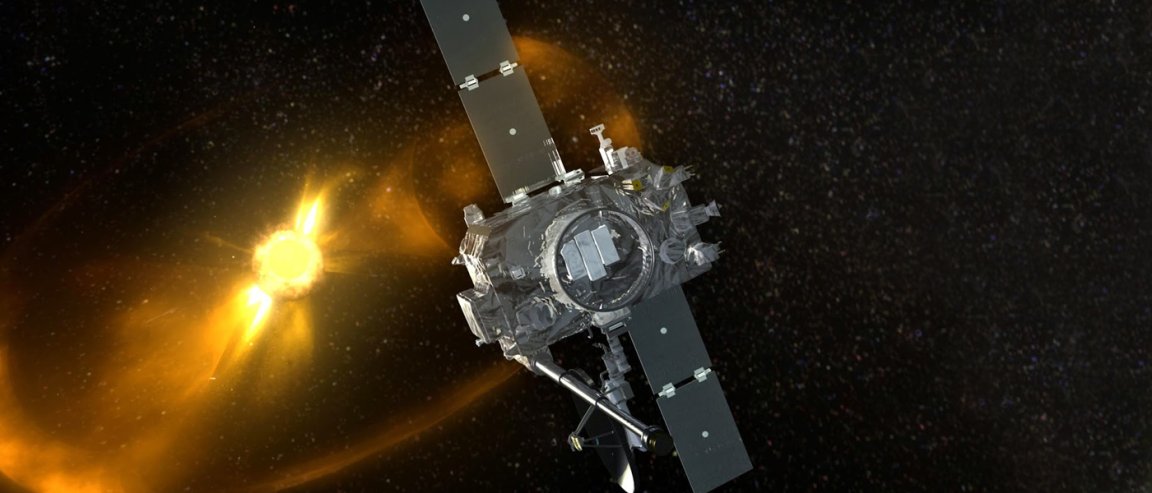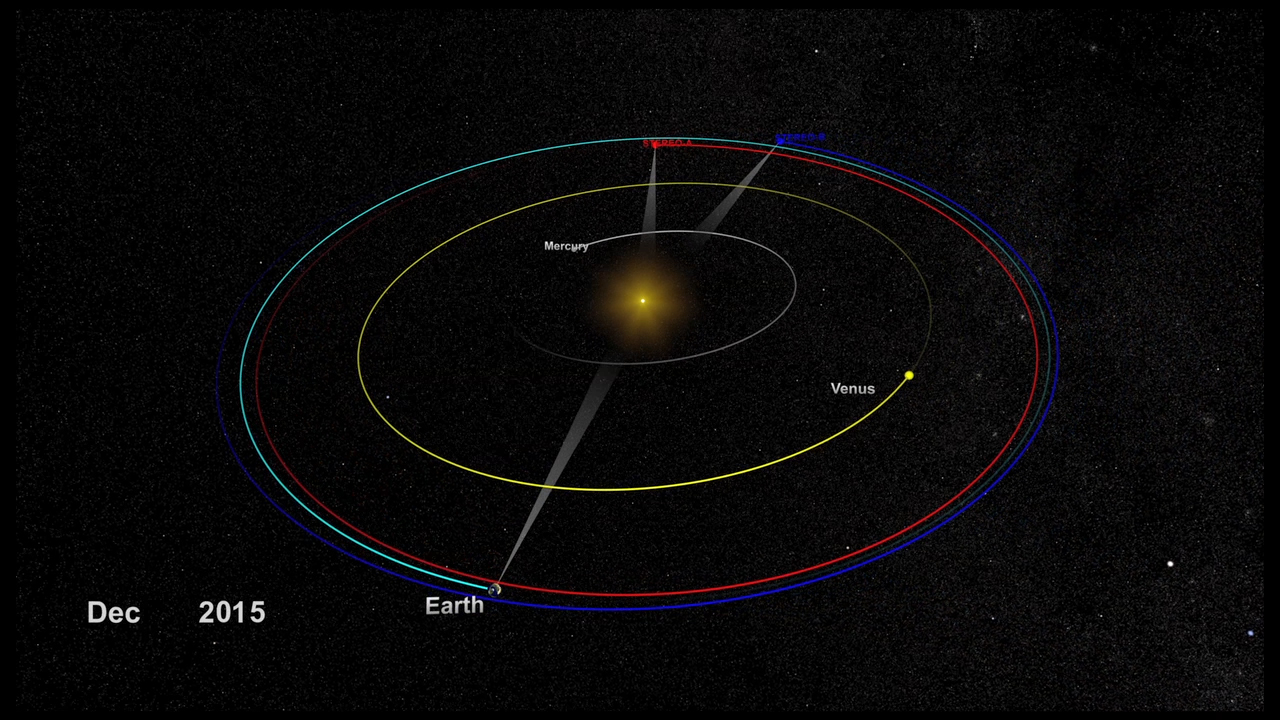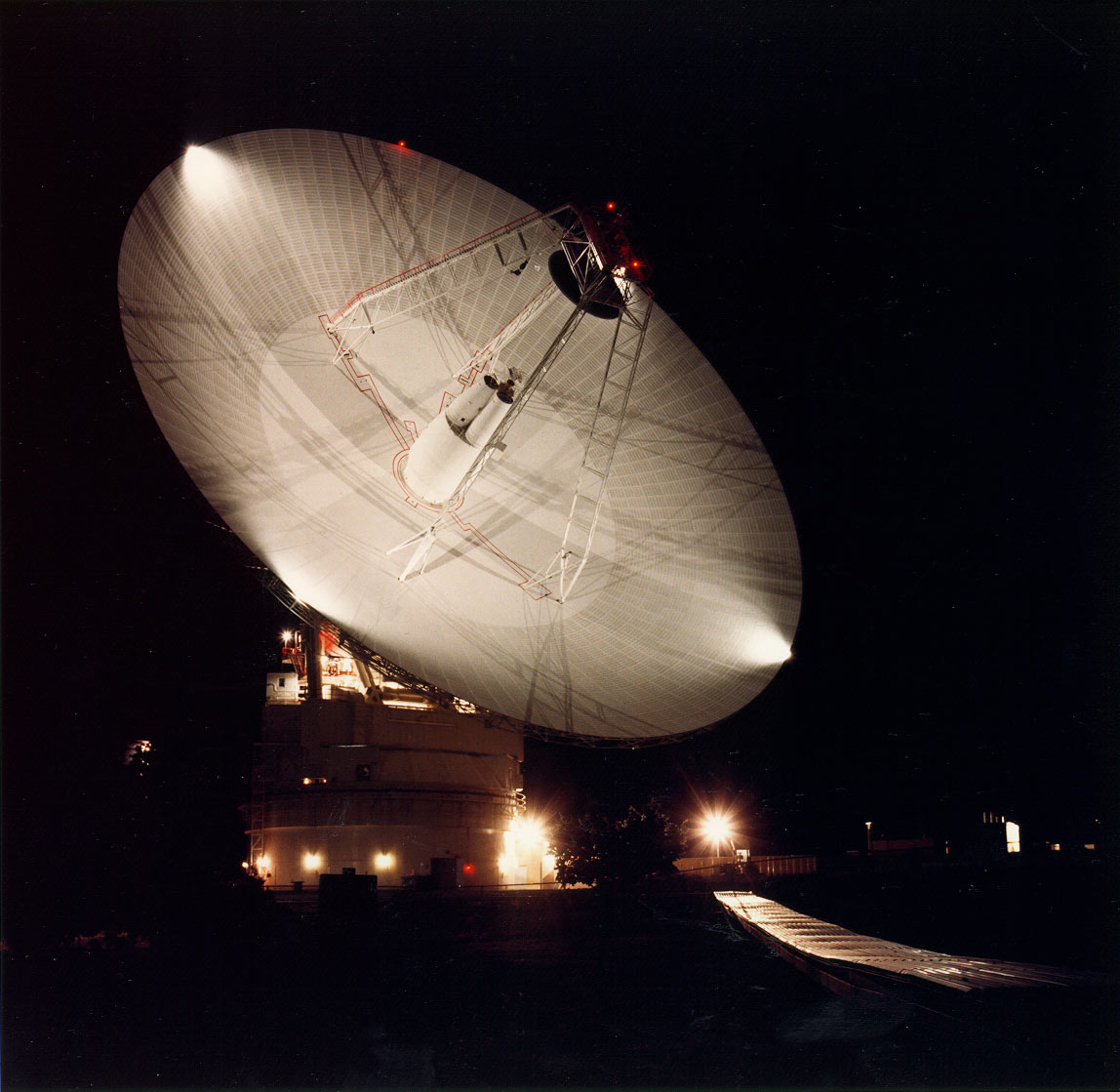
Missed Connections
In October of 2006, NASA launched the third mission of its Solar Terrestrial Probes program: the Solar Terrestrial Relations Observatory, also known as STEREO.
Two spacecrafts, STEREO-A and STEREO-B, were sent off on a mission to further understand the Sun-Earth system, particularly how violent eruptions on the Sun disrupt satellites and power grids on Earth, and when they might happen. This is also very critical for astronauts on errands outside the International Space Station, and could create potentially devastating effects to life on Earth.

However, on October 1, 2014, STEREO-B lost its connection to Earth as it moved to the far side of the Sun. Meanwhile, STEREO-A maintained contact but had a weakened signal for about a year before returning to its normal performance.

NASA explains that the spacecrafts’ slow drift and orbit eventually leads to a disadvantageous alignment to the Sun and Earth: “Since August 2014, our line of communication to the spacecraft (STEREO-A) was so close to the sun that pointing the antenna straight at Earth also meant pointing it nearly directly at the sun, which would cause the spacecraft’s antenna to dangerously overheat.”
Lost and Found
Finally, after almost two years of failed recovery attempts, NASA finally reestablished contact with STEREO-B using NASA’s Deep Space Network (DSN) on August 21. They will be checking if the spacecraft’s systems are all in place despite the hard reset they executed as a test before losing the STEREO-B, which should get easier as the spacecraft moves closer, and outside the Sun’s interference zone.
With DSN on the job, consistent communications with STEREO-B will hopefully be restored. After all: “When it comes to making a long-distance call, it’s hard to top NASA’s Deep Space Network,” NASA says.